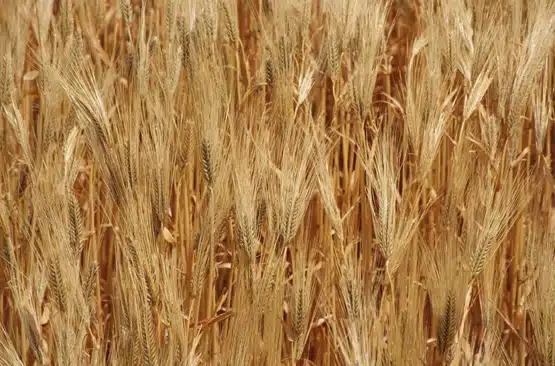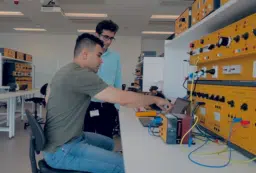A naturally occurring bacteria has been shown to control diseases that attack cereal crops such as wheat, and at the same time boost the growth of crops.
The research conducted by Flinders University PhD student, Justin Coombs, found the bacteria in a place it had never been discovered before – the tissues of cereal crop plants.
“We tested these bacteria extensively in trials, including field trials, and found they had the ability to control a range of fungal crop pests, and also increase early plant growth,” Mr Coombs said.
One species of bacteria (Streptomyces sp.) that was found in the plant tissue was particularly effective against ‘take-all’ disease. This disease can cost the Australian wheat industry up to $100 million a year. Also, this disease has no known controls other than crop rotation or stubble burning which is environmentally unsustainable.
“When the bacteria was introduced into the tissues of wheat, we found that it could reduce the impact of ‘take-all’ disease by up to 70 percent,” Mr Coombs said.
“The real beauty is that these bacteria are simple to apply using methods that fit in with current farming practices and equipment.”
As the newly-found bacteria live in the tissues of crop plants, they are protected from other bacteria that live in the soil.
“Currently, other beneficial bacteria are applied to the soil around the plants and these have less chance of surviving than when the bacteria actually live in the plants,” Mr Coombs explains.
The bacteria was found living in a range of wheat and barley plants from sites across South Australia, and may prove to be a new and different species from similar bacteria groups found in soil.
Researchers were able to track how the bacteria get into a plant and move around in it by using a special fluorescence microscopy technique.
Research was funded through the Australian Grains Research and Development Corporation, and researchers have filed for a US patent.
Mr Coombs announced the results of his research today (24 August) at the 11.15am ScienceNOW! media conference. He will present his research in more detail to the public on Saturday 25 August in the ScienceNOW! session commencing at 10.30am
Jpeg images of the fluorescence and scanning electron microscopy are available. Photos are also available showing the beneficial effects of treatment with the bacteria.





 Fresh Science is on hold for 2022. We will be back in 2023.
Fresh Science is on hold for 2022. We will be back in 2023.